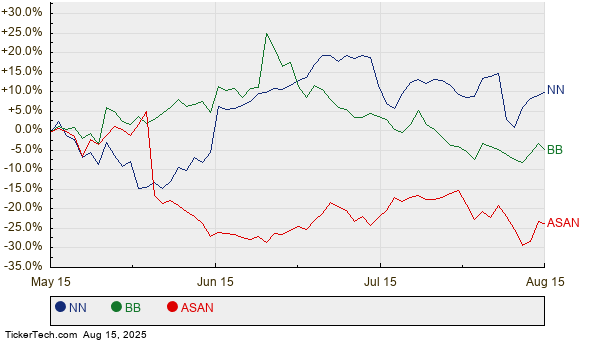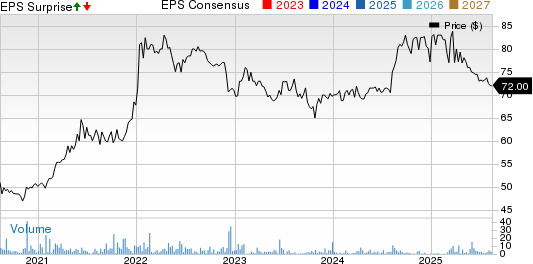As of Wednesday, September ICE NY cocoa (CCU25) closed down 2.58% at -227 and September ICE London cocoa #7 (CAU25) down 1.13% at -66, amid long liquidation pressure following a spike to a two-month high earlier in the week. Factors impacting cocoa prices include concerns over dry weather in West Africa, with rainfall below the 30-year average threatening cocoa crops in Ivory Coast and Ghana.
ICE-monitored cocoa inventories in US ports fell to a two-month low of 2,248,546 bags. Additionally, cocoa exports from Ivory Coast have increased by 6.6% year-on-year, totaling 1.78 million metric tons for the marketing year through August 10, though concerns regarding quality have been raised, with processors rejecting about 5% to 6% of mid-crop cacao due to lower quality. The average estimate for the Ivory Coast’s mid-crop is 400,000 metric tons, a decline of 9% from last year’s 440,000 metric tons.
In Nigeria, cocoa production is projected to fall by 11% year-on-year to 305,000 metric tons for the 2025/26 crop year. Meanwhile, demand for cocoa appears weak, illustrated by notable declines in chocolate sales from major manufacturers and a drop in European and Asian cocoa grindings in the second quarter.









